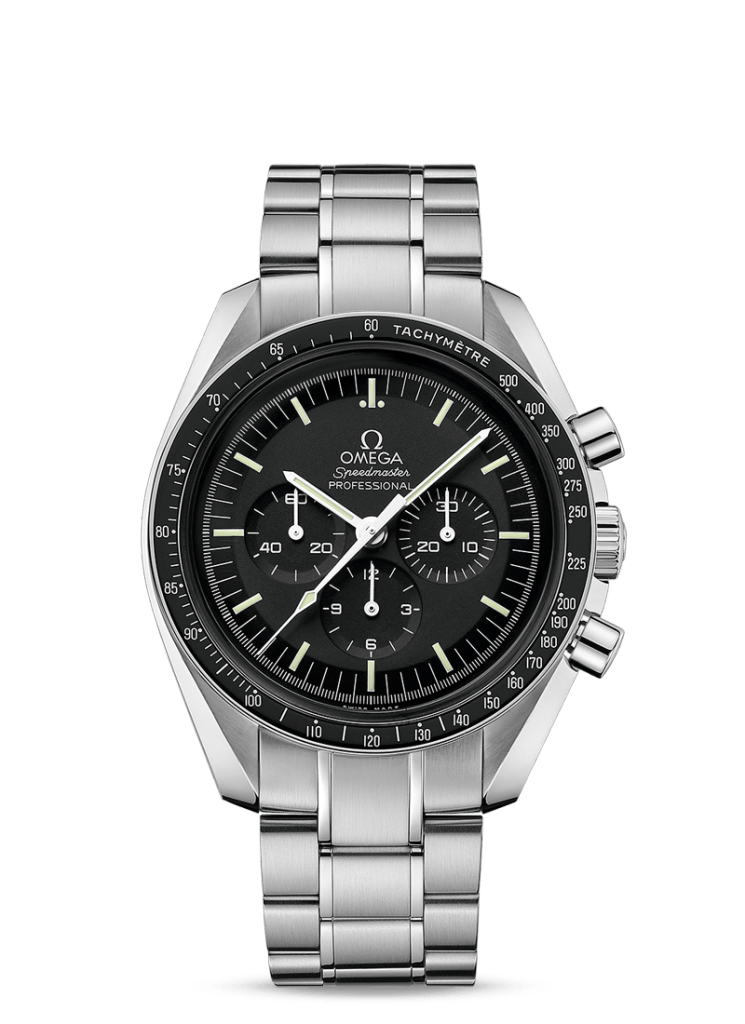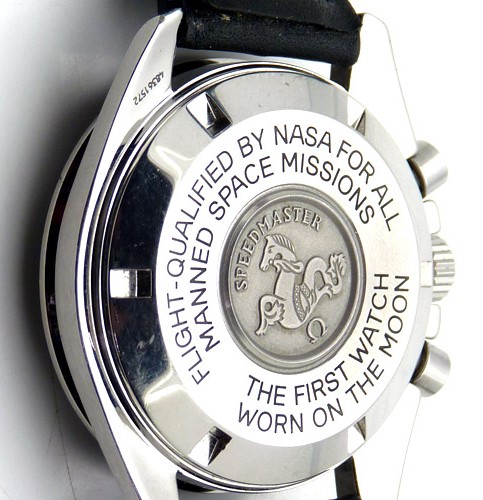Today is the first in what will be an ongoing series of features on design. Being in the real estate development business, we at Context tend to spend most of our time focused on architecture, urban planning, landscape and interior design. That being said, our corporate philosophy and mantra is “Different by Design” and we thought we would bring this approach to this new series and start with a subject completely unrelated to our everyday business.
Steve Jobs once said “Design is not just what it looks like and feels like. Design is how it works.” Apropos of that, our inaugural subject on Different by Design is the Omega Speedmaster Professional “Moon Reference”. In a world filled with Rolexes, Apple Watches and endless horological options for ones wrist, the Omega Speedmaster Professional or “Speedy” to its legions of fans, stands out as a beautiful piece of design and engineering with a rich history of out of this world performance and exploration.

The Speedmaster has changed little in appearance since it was first introduced in 1957. Originally designed as a chronograph for measuring time in sports and racing, the genesis of the “moon reference” came in the 1960’s when NASA decided to qualify every piece of equipment that would accompany the first astronauts into space.

Tested in 1965 with violent shocks, extreme temperature fluctuations, vibrations, and humidity, the Speedmaster outperformed other brands such as Rolex and Longines. NASA also requested that the crystal be “hesalite” instead of the normal sapphire as when shattered, hesalite (acrylic) does not break into tiny fragments unlike the sapphire – something that could be very hazardous in a zero gravity environment. The result was a certification as “flight qualified by NASA for all manned Space Missions”, a statement that all Speedmasters wear proudly engraved on their case backs.
The most important piece of the Speedmaster, as with all watches, is what’s inside. The Speedmaster features a legendary Lemania 1861 self-winding movement which unlike automatic (self-winding) or quartz watches requires the wearer to manually wind it up to function. At the time of development, automatic chronographs and quartz watches were still being developed and there was thinking that a manually wound watch might work better in zero gravity and provide the accuracy that the astronauts would need in space. A famous example of this occurred in Apollo 13 and was portrayed in the film right after the “Houston, We’ve had a Problem” moment. With the Service Module badly damaged by the explosion in the oxygen system and the electrical systems turned off to save power, astronaut Jack Swigert used his Speedmaster to accurately time the course correction burn while Jim Lovell and Fred Haise piloted the craft safely back to earth.

Whether you are attracted to its design, engineering, movement, history, or you just really like the movie, the Omega Speedmaster Professional is an excellent time piece for your wrist and watch collection. And it might just save your life someday if you’re stranded in space and don’t have Mr. Tom Hanks around to help.

For more on the Omega Speedmaster Professional, visit: www.omegawatches.com/watches/speedmaster/moonwatch/professional
www.hodinkee.com/articles/understanding-the-omega-speedmaster-professional